Table of content
Abalone, a prized delicacy in global cuisine, is renowned for its tender texture and briny, buttery flavor. Often referred to as “sea ears” due to its flat, oval shape, this marine snail is a staple in high-end restaurants and home kitchens alike. However, cooking abalone to perfection requires precision, especially when determining the ideal boiling time after shell removal. This article delves into the intricacies of abalone preparation, exploring factors that influence cooking times, techniques to ensure tenderness, and expert tips to elevate your dish.
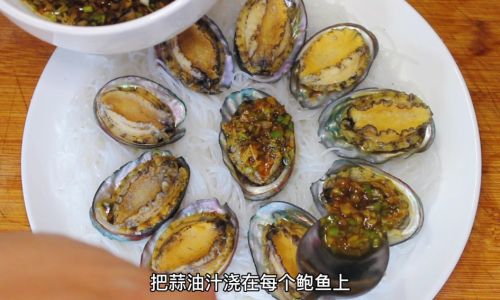
Understanding Abalone Anatomy and Shell Removal
Before discussing cooking times, it’s essential to grasp the basics of abalone anatomy. The creature’s muscular foot, which adheres to rocks in coastal waters, is the edible portion. The shell, while beautiful, is inedible and must be removed carefully to avoid damaging the meat.
Shell Removal Process:
- Humanely Harvest or Purchase: If harvesting wild abalone, ensure compliance with local regulations. For store-bought abalone, opt for fresh or frozen varieties.
- Detachment: Use a blunt tool (e.g., a spoon) to gently pry the meat from the shell. Work slowly to avoid tearing the flesh.
- Cleaning: Remove the visceral organs and dark membrane attached to the meat. Rinse thoroughly under cold water.
Once shelled, the abalone is ready for cooking. The next critical step is determining the optimal boiling time.
Factors Influencing Cooking Time
The duration required to boil abalone depends on several variables:
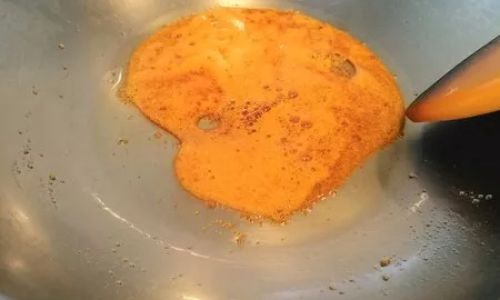
- Size and Thickness: Larger abalone (e.g., 6–8 inches) require longer cooking than smaller ones (3–5 inches).
- Freshness: Fresh abalone cooks faster than frozen or aged specimens.
- Desired Texture: Some prefer a firm, chewy texture, while others favor tenderness.
- Altitude: At higher elevations, water boils at lower temperatures, extending cooking times.
General Guidelines for Boiling Abalone
Small to Medium Abalone (3–5 inches)
- Boiling Time: 3–5 minutes
- Method:
- Bring a pot of salted water to a rolling boil.
- Submerge the abalone and reduce heat to a simmer.
- Cook for 3 minutes (for tender texture) or 5 minutes (for firmness).
- Immediately transfer to an ice bath to halt cooking.
Large Abalone (6–8 inches)
- Boiling Time: 5–8 minutes
- Method:
- Follow the same steps as above but extend cooking time.
- Test doneness by piercing with a knife; the flesh should resist slightly but not be rubbery.
Advanced Techniques for Perfect Texture
Scoring the Meat
- Lightly score the abalone’s surface in a crosshatch pattern before boiling. This allows heat to penetrate evenly, reducing cooking time and enhancing flavor absorption.
Velveting (Chinese Technique)
- Marinate abalone slices in a mixture of cornstarch, egg white, and Shaoxing wine for 20 minutes before boiling. This seals in moisture, resulting in a silky texture.
Poaching in Court-Bouillon
- Replace plain water with aromatic poaching liquid (e.g., white wine, herbs, lemon, and vegetables). This imparts depth while cooking.
Common Mistakes to Avoid
- Overcooking: Abalone turns rubbery if boiled beyond 8 minutes. Monitor closely and use a timer.
- Undercooking: Raw abalone is tough and inedible. Ensure the flesh is opaque and firm.
- Skipping the Ice Bath: Rapid cooling preserves texture and prevents overcooking.
Beyond Boiling: Alternative Cooking Methods
While boiling is straightforward, exploring other techniques can diversify your abalone repertoire:
Steaming
- Place abalone in a steamer basket over boiling water.
- Cook for 5–7 minutes (small) or 8–10 minutes (large).
- Steaming retains more nutrients and moisture than boiling.
Grilling
- Marinate abalone in olive oil, garlic, and herbs.
- Grill over high heat for 2–3 minutes per side.
- Ideal for a smoky flavor and charred edges.
Searing
- Pat abalone dry and sear in a hot pan with butter.
- Cook for 1–2 minutes per side for a caramelized crust.
Recipe Ideas: Elevating Boiled Abalone
Abalone Salad with Citrus Vinaigrette
- Slice boiled abalone thinly and toss with mixed greens, avocado, and grapefruit segments.
- Dress with a vinaigrette of lime juice, honey, and Dijon mustard.
Abalone Ceviche
- Marinate boiled, chilled abalone in lime juice, cilantro, red onion, and jalapeño.
- Serve with tortilla chips for a refreshing appetizer.
Abalone Risotto
- Incorporate diced abalone into arborio rice cooked with saffron, white wine, and Parmesan.
- Garnish with chives and lemon zest.
Troubleshooting: Why Is My Abalone Tough?
If your abalone emerges chewy or rubbery, consider these fixes:
- Adjust Cooking Time: Reduce boiling time by 1–2 minutes.
- Tenderize with Mallet: Gently pound the meat with a meat mallet before cooking.
- Marinate Longer: Use acidic marinades (e.g., pineapple juice) to break down tough fibers.
Sustainability and Ethical Considerations
Overharvesting has threatened wild abalone populations in regions like California and Australia. Opt for farmed abalone whenever possible, and support sustainable fishing practices. Farmed abalone, raised in controlled environments, offers consistent quality and reduces pressure on wild stocks.
Conclusion: Mastering the Art of Abalone Cookery
Boiling abalone after shell removal is a delicate balance of time and technique. By understanding the variables—size, freshness, and desired texture—you can achieve perfection. Whether simmered in a fragrant broth, seared to golden perfection, or sliced raw in ceviche, abalone rewards the careful cook with unparalleled flavor.
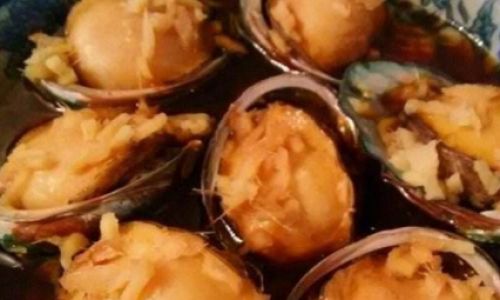
Remember, practice makes perfect. Experiment with cooking times and methods to discover your preference. With patience and precision, you’ll transform this humble mollusk into a culinary masterpiece.
Final Tip: Always serve abalone immediately after cooking to savor its delicate texture. Paired with a crisp Sauvignon Blanc or a light Chardonnay, it’s a dish that celebrates the ocean’s bounty in every bite.

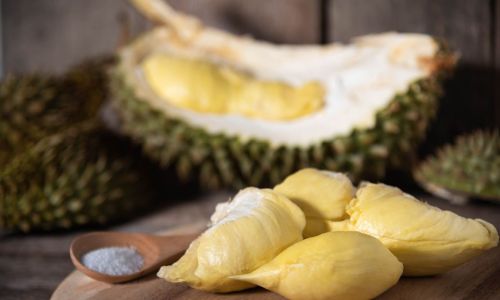

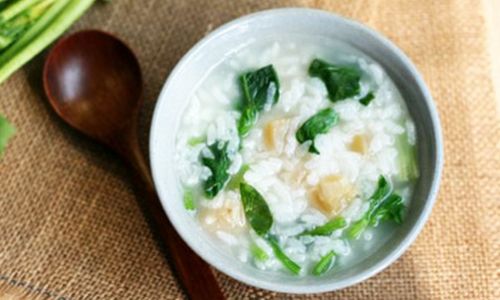
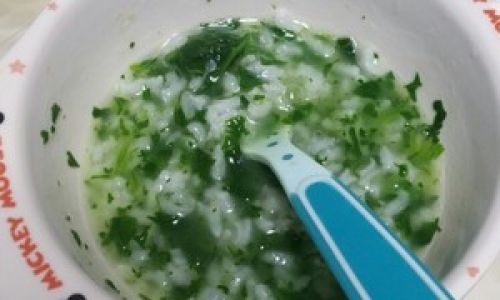
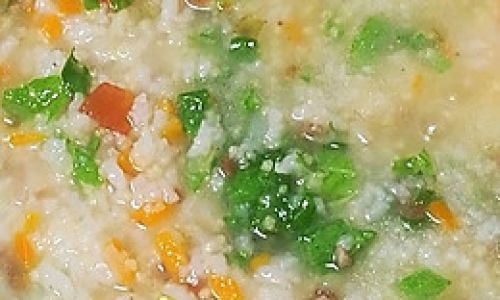
0 comments